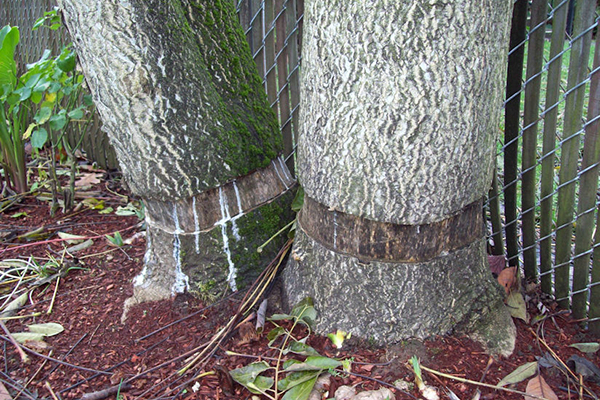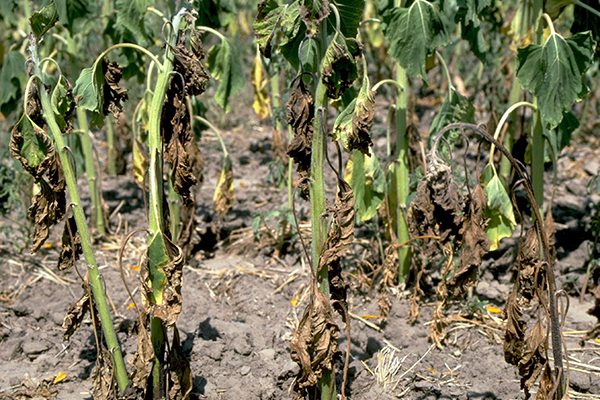Your cart is currently empty!
Black Sooty Mold
Description
Sooty mold is caused by saprophytic fungal organisms that feed and grow on honeydew excreted by piercing-sucking insects such as aphids, whiteflies, mealybugs, psyllids, and scale insects. This plant disease is characterized by black patches or coatings on leaves, stems, and fruits.
Damage
Black sooty mold causes superficial black or dark brown marks or patches on leaves and fruits. This fungus is not parasitic, but it blocks sunlight to reach the leaves and reduces the leaf’s photosynthesis which can stunt plant growth and cause premature leaf drop.
Control
Control of sooty mold requires suppression of insects creating the honeydew.
Advice
- Spray sooty mold on the plant by adding one tsp of mild liquid soap to one gallon of water. Some types of soap can damage sensitive plants, so test the solution on a few leaves before spraying the entire plant.





